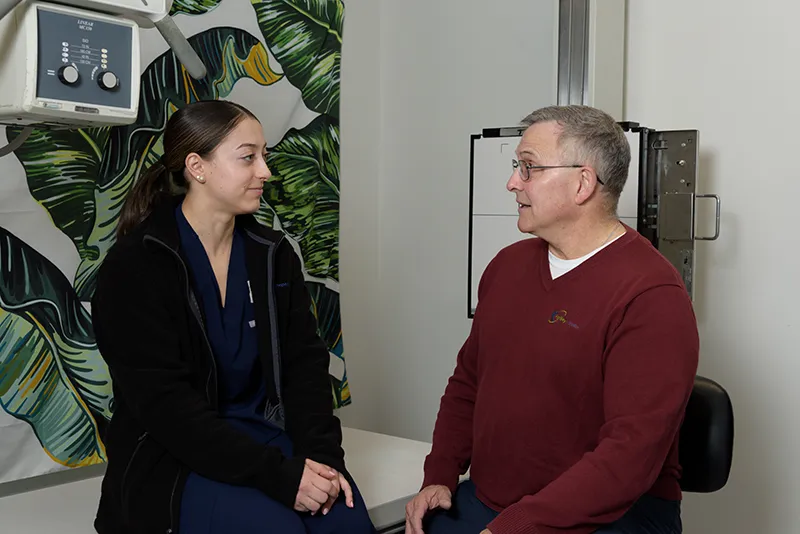PRP (platelet rich plasma) is a subtype of biologic injection.
There are essentially 3 different biologic families that are potentially used in orthopedics.
– PRP
– Placental matrix (obtained from healthy C-section volunteers and sterility managed for packaging)
– Stem cells.
These biologics are designed to bring growth factors, which are specialty proteins that aid in healing response to tissues.
These can be particularly effective in:
– Tendinopathy, a disease of tendons that consist of collagen with chronic inflammatory changes, resulting in scarring and potentially partial tearing of the tendon.
— Tendons by nature have a poor blood supply, unlike muscle which is quite vascular.
Delivering growth factors to the injured site concentrates your body’s ability to muster its healing defenses. These healing factors are concentrated in small containers called exosomes (extracellular vesicles), that are present in each of the biologics mentioned.
– Osteoarthritis occurs when the protective cartilage that cushions the ends of the bones wears down over time.
— The first course of action is using cortisone or viscosupplementation gel (which is usually covered by insurance).
— If these are no longer effective, patients may elect PRP or placental matrix as an option to try and avoid or delay surgical intervention, such as a total knee or total hip replacement.
Each has its place in treatment, but the most used and the least expensive of the three is PRP.
– PRP is obtained by drawing a blood sample from the patient’s arm, using a specially constructed harvesting system that keeps the blood draw sterile up to delivery back to the patient. A centrifuge is then used to separate out the fluid or serum, consisting of the plasma and the platelets, from the red blood cells. It is then placed into the tendon or joint under ultrasound guidance, which allows us to see the most pathologic portions of the tendon or joint and deliver the PRP product to the areas that need it most.
Even though we have nearly 20 years of data on the use of PRP in orthopedics, no insurance yet considers this a covered service. Consequently, we do try to look at all the options available, not just biologics. The treatment plan is dependent on the area being treated, health, medications, and cost. This will all be discussed at the time of consultation.

